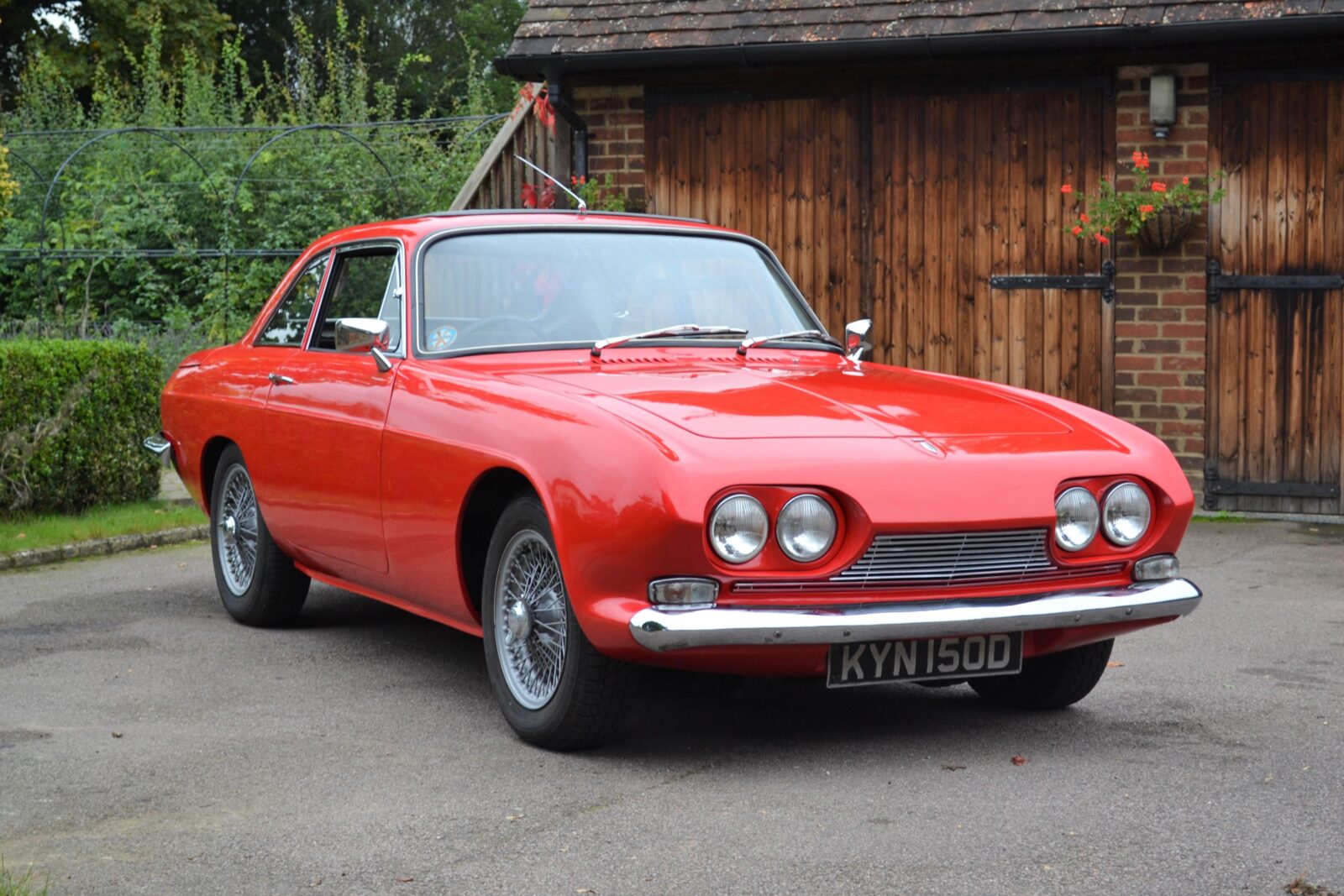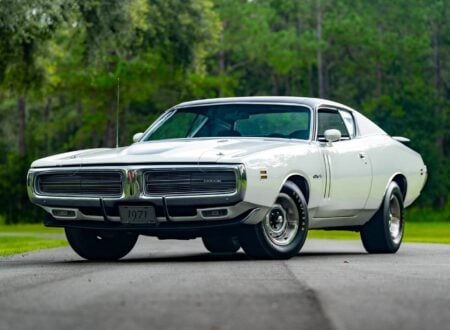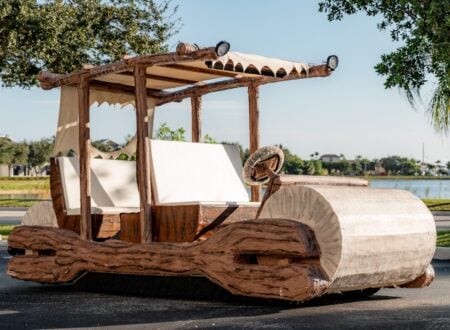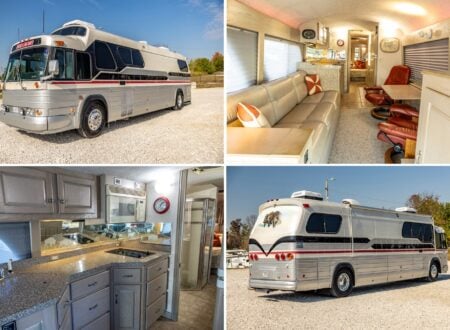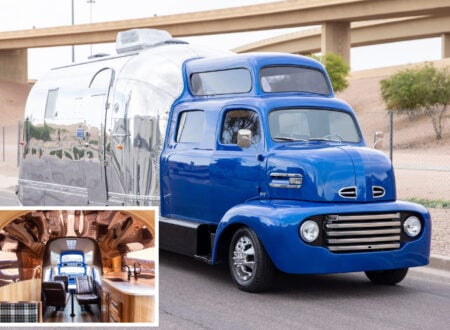This is the Reliant Scimitar GT SE4 and if you’re not from the United Kingdom you may have never seen one before. The Scimitar series of cars were built by English automaker Reliant from 1964 until 1986, offering an affordable sports car for working class Brits.
With its lightweight fiberglass body, box section steel chassis, and a variety of Ford engines and transmissions the Reliant Scimitar has become a cult classic, offering an unusual alternative to cars like the Triumph TR6 and the MGB.
Fast Facts – The Reliant Scimitar
- When it was released in 1964 the Reliant Scimitar shared its design with the Ogle SX250, a custom car that had been designed by David Ogle for Boris Forter using a Daimler SP250 chassis.
- With its lightweight fiberglass body, steel box section chassis, and reliable Ford engines and transmissions the Scimitar proved to be a popular car in its class.
- The Scimitar was originally offered as a hardtop coupe, later models would have a shooting brake layout (two-door station wagon), and a convertible was offered from 1980 to 1986.
- Many Scimitars have survived to the modern day thanks to the fact their bodies are impervious to rust, and there are dedicated owner’s clubs around the country.
The Reliant Scimitar
The Reliant Scimitar GT SE4 was the first production model in the Scimitar series, it was released in 1964 and sold until 1970. Much like the Scimitars that would follow, the SE4 used a fiberglass body on a steel chassis, with a Ford engine up front.
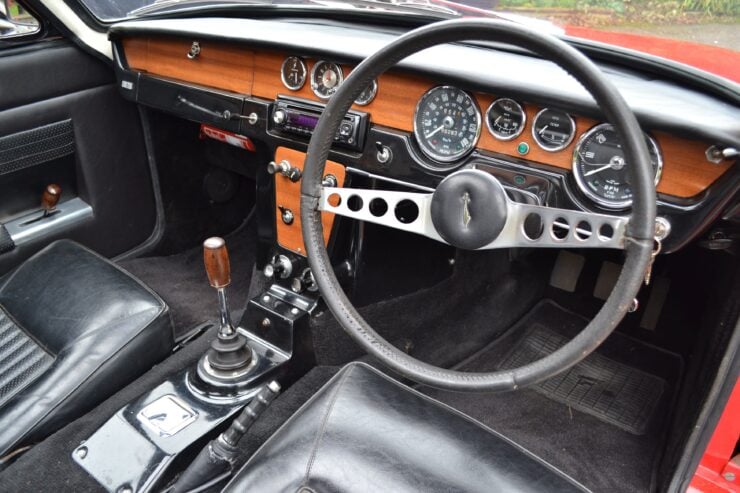

The design of the car had come from David Ogle of Ogle Design, his relationship with Reliant would last for years and it included the design of the unusual three-wheeled Bond Bug and the construction of the famous Star Wars Landspeeder driven by Luke Skywalker on Tattooine.
Ogle’s original design for the Scimitar had actually started out as a custom car based on the Daimler SP250 chassis for a man named Boris Forter. This design was shown to the world at a major motor show in 1962 where it was seen by Reliant managing director Ray Wiggin.
Daimler had passed on the design, opting not to put it into production, so Wiggin struck a deal with Ogle, the design was changed slightly, and it was put into production as the Reliant Scimitar.
Much of the drivetrain and running gear for the new Scimitar was the same equipment used on the outgoing Reliant Sabre 6, including the Ford Zephyr 2.6 liter straight-six engine offering 120 bhp thanks in part to its triple SU carburetors.
Performance was brisk by the standards of the day, with a top speed of almost 120 mph (188+ km/h), and its low price tag of £1,292 resulted in it being one of the most popular cars at the 1964 Earls Court Motor Show.
The GT SE4 was fitted with independent front suspension consisting of double wishbones and coil springs, with a live axle on coil springs with a modified Watts linkage in the rear. Brakes are Girling discs up front with drums in the rear, and the car uses rack and pinion steering.
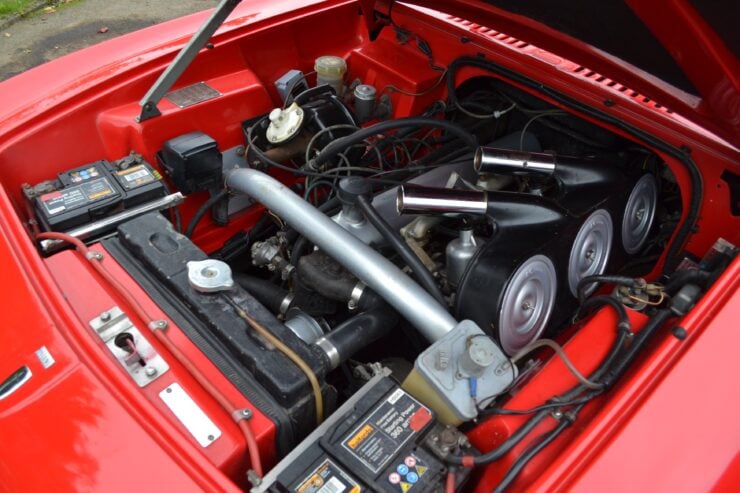

Within two years Reliant had sold 296 examples of the SE4, good sales figures for the small automaker, and so in 1966 they released an updated version powered by the Ford Essex 3.0 liter V6.
In 1968 the new Scimitar GTE would be released, this car featured shooting brake body styling which is how the model is best remembered today, and versions of the Scimitar would remain in production until 1986.
The Reliant Scimitar GT SE4 Shown Here
The car you see here is a rare GT SE4 model, one of the first 296 Scimitars made powered by the Zephyr straight-six engine, good for 120 bhp and almost 120 mph. With a curb weight of just 2,380 lbs (1,080 kgs) the GT SE4 offered spritely performance in an affordable package.
This GT SE4 was given a comprehensive body-off restoration between 1992 and 1997. After the restoration the car was featured in Practical Classics magazine (the June 1998 edition), and it later starred in the 2002 Heartbeat Christmas special, a popular British TV series.
It’s now accompanied by set pictures, newspaper clippings, and VHS tapes, as well as a sizeable history file which includes a large selection of invoices, a collection of MOTs, a copy of Practical Classics magazine featuring the car, a photograph album of the restoration work, and a current V5C.
If you’d like to read more about this car or register to bid you can click here to visit the listing, it’s due to be offered by H&H Classics on the 17th of November with a price guide of £11,000 – £13,000, which works out to approximately $15,100 to $17,900 USD.
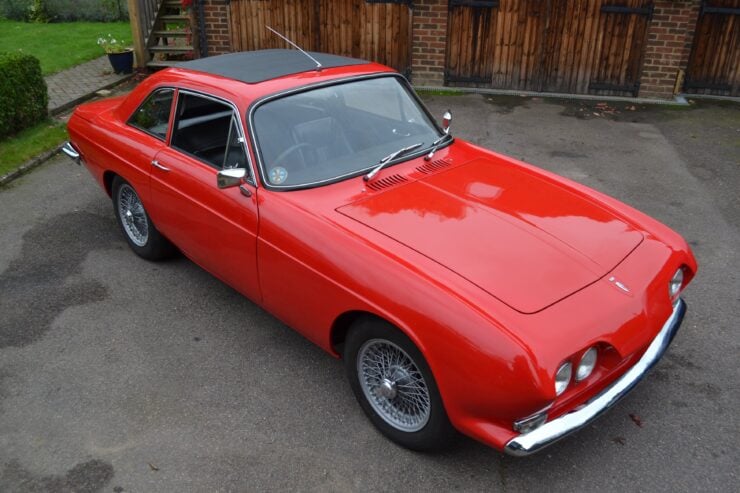
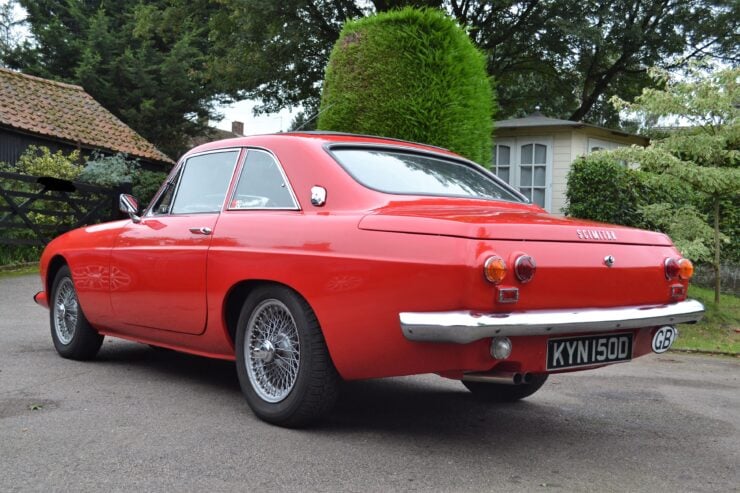
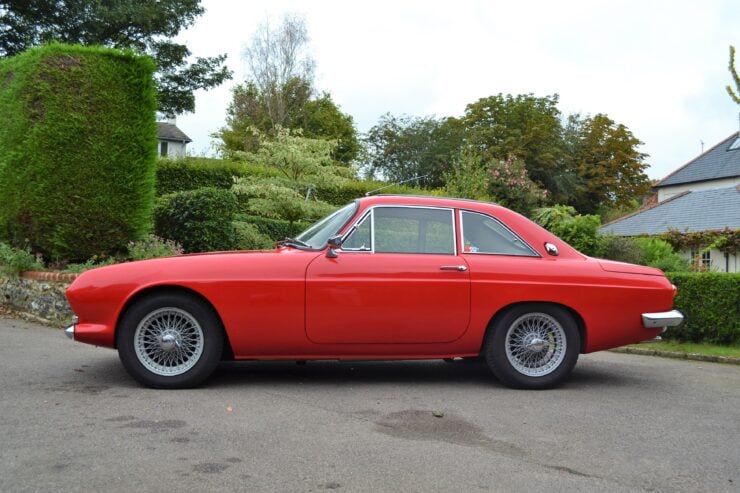
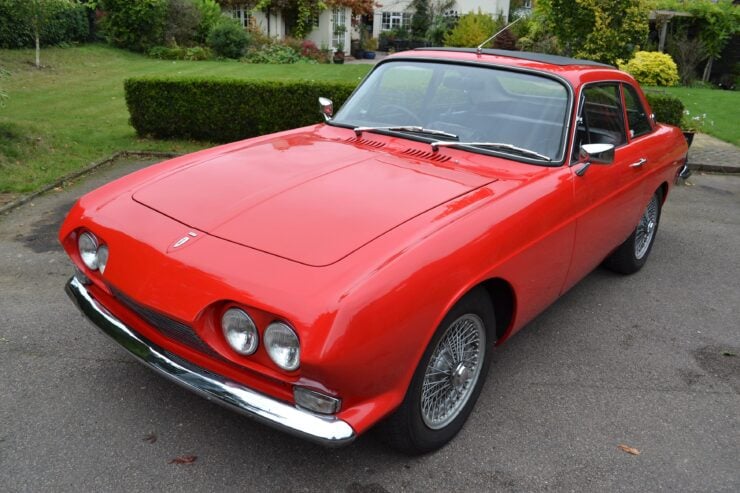
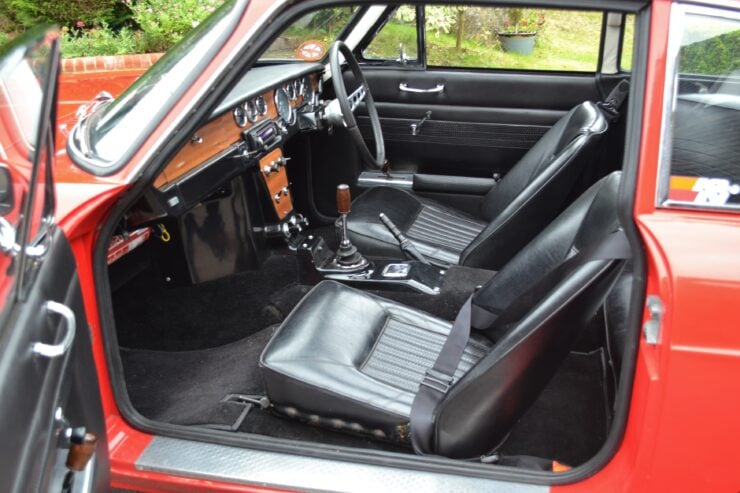
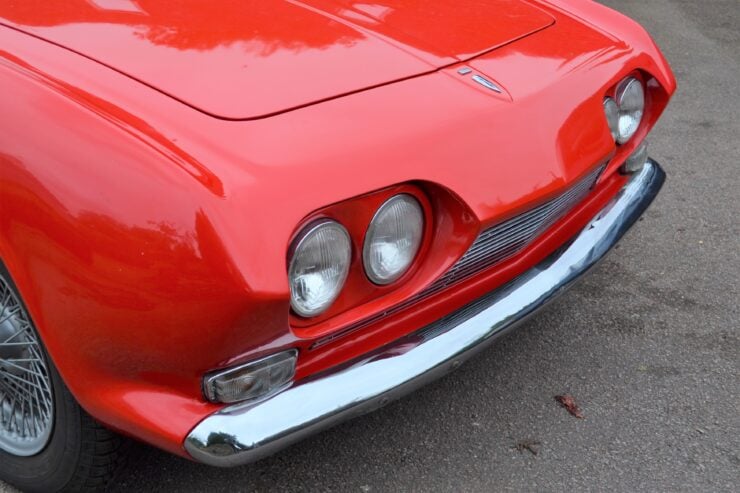
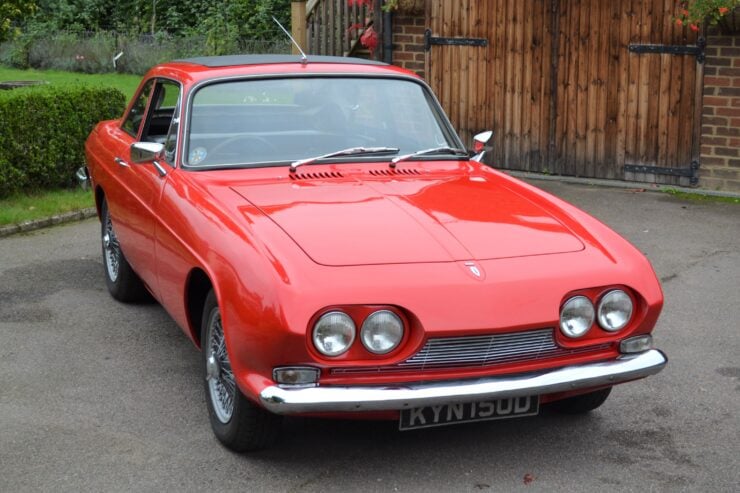
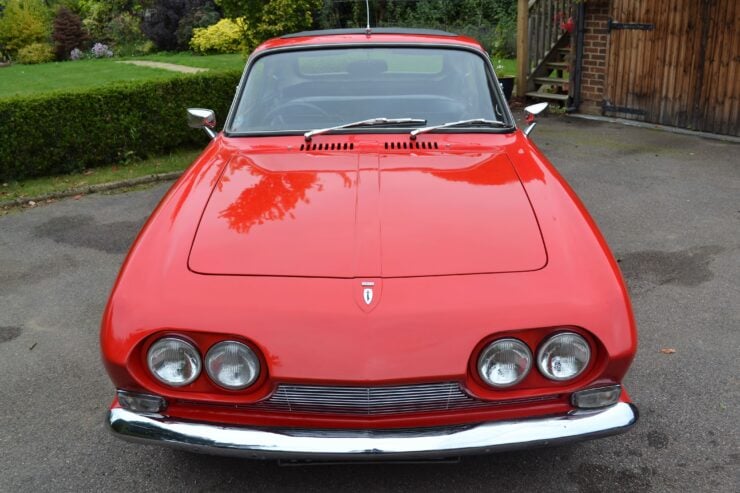
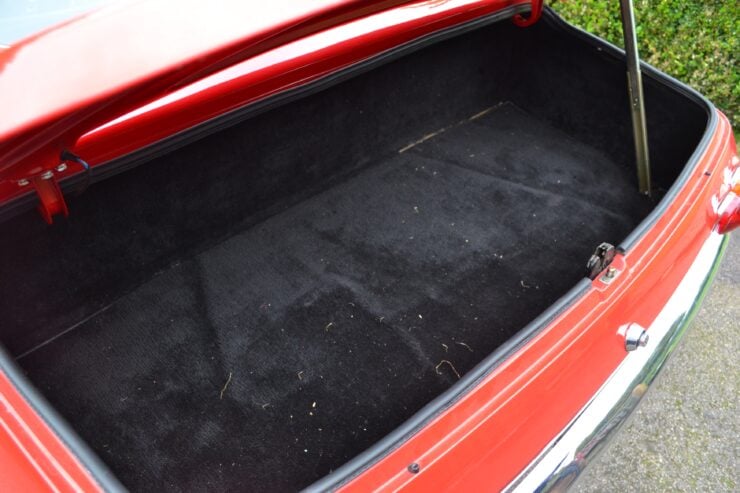
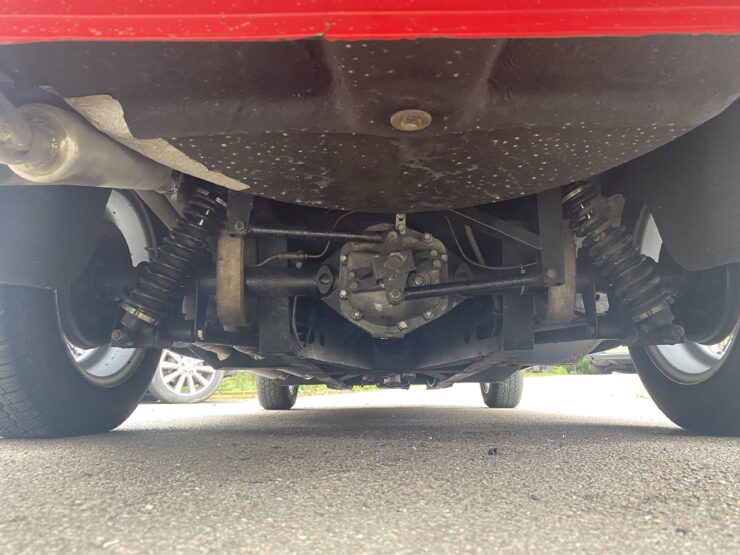
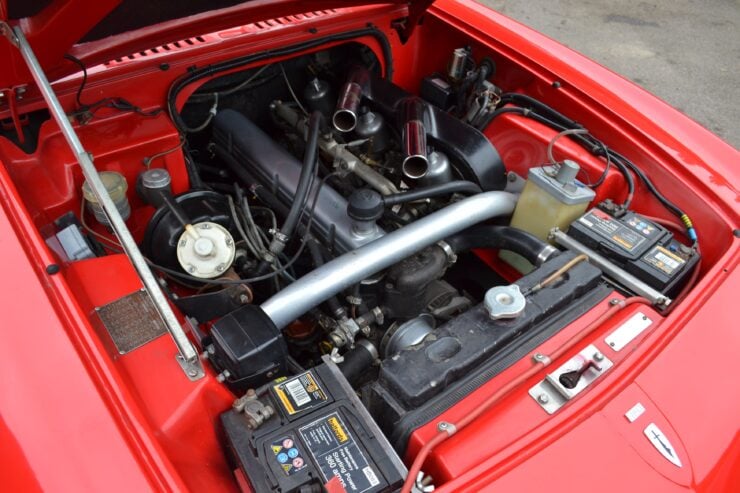
Images courtesy of H&H Classics

